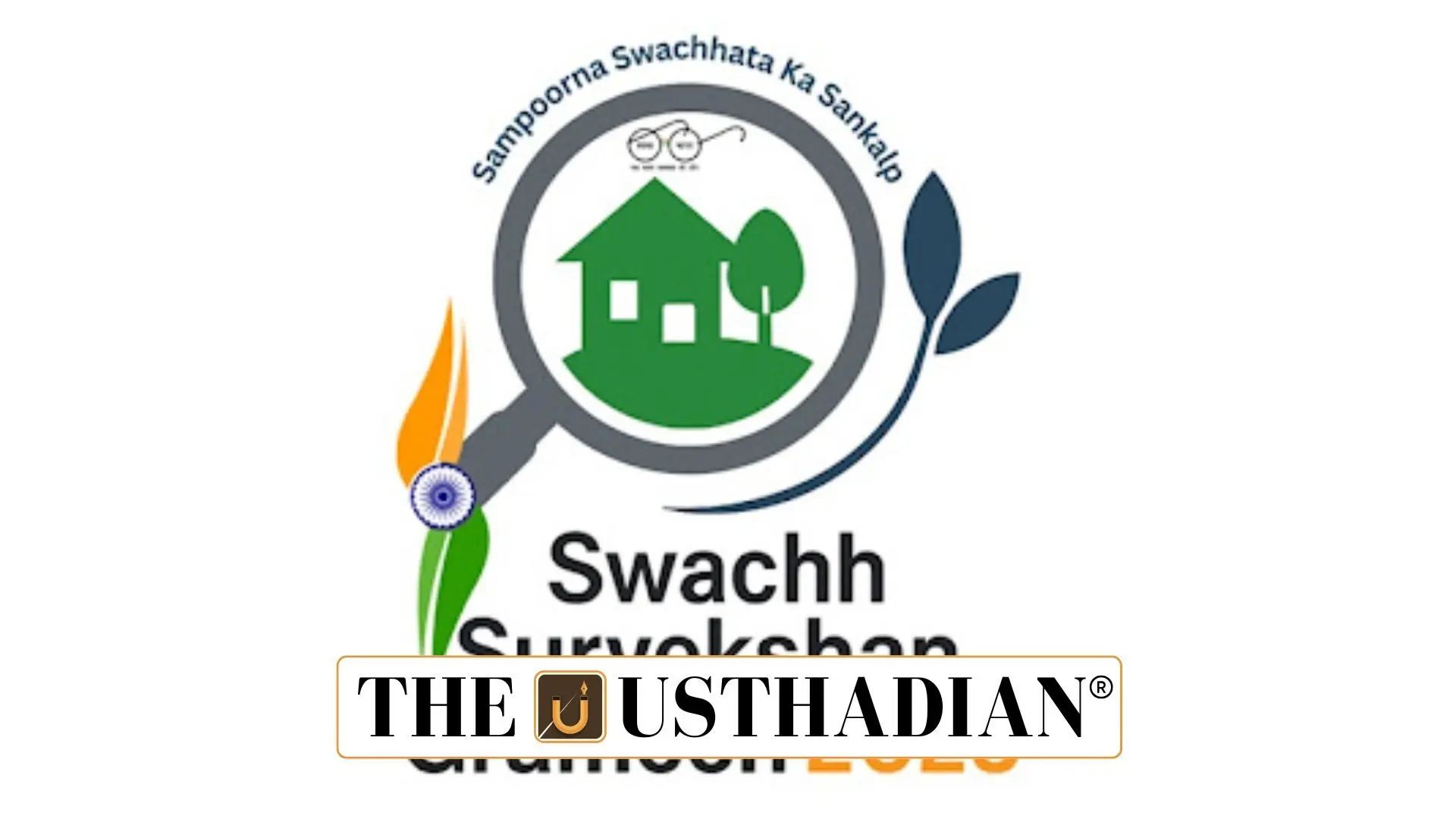A fresh push for rural cleanliness
India has once again stepped forward with its strong focus on rural sanitation. The Union Minister of Jal Shakti, Shri C R Patil, officially launched Swachh Survekshan Grameen (SSG) 2025 in New Delhi. This national-level survey is meant to assess and rank the sanitation status of villages, districts, and states. It forms part of the Swachh Bharat Mission-Gramin (SBM-G) and aims to evaluate how far we’ve come in achieving Open Defecation Free (ODF) Plus villages.
Ranking hygiene efforts
The primary goal of this initiative is simple but powerful: to provide a ranking of states and districts based on sanitation performance. This creates a healthy competition and keeps rural authorities accountable. SSG 2025 isn’t just about checking if toilets exist. It’s about ensuring that these sanitation systems actually work and are maintained.
How the survey works?
The survey will follow a structured format as outlined in SBM-G Phase II. An independent agency will conduct it, ensuring unbiased results. Villages will be chosen using a sample method. The process will involve:
- Observations at public places and households
- Self-assessment reports from districts
- Citizen feedback via mobile apps
- Review of facilities like GOBARdhan plants, Plastic Waste Management Units, and Faecal Sludge Management systems
This method ensures a full-circle view of sanitation—not just on paper, but on the ground.
Citizens at the center
What makes SSG 2025 truly inclusive is its emphasis on citizen participation. A dedicated mobile application has been created to gather public opinion. By including citizens, the survey goes beyond government reports and taps into real-life experiences. This builds trust and ownership among villagers.
Technology ensures accuracy
To avoid any data manipulation, a geo-fencing feature has been added. This tech feature locks the location where the data is being collected, ensuring transparency and credibility. This is a smart move to bring both community involvement and technology together.
Building a cleaner rural India
With strong backing from local bodies, Panchayats, and rural communities, SSG 2025 is expected to create real change. It’s not just a survey; it’s a movement toward a Swachh Bharat. Clean and functional sanitation systems will lead to healthier villages, improved quality of life, and even better rural tourism opportunities.
Static Usthadian Current Affairs Table
| Element | Detail |
| Initiative Name | Swachh Survekshan Grameen 2025 |
| Launched By | Union Jal Shakti Minister Shri C R Patil |
| Launched At | New Delhi |
| Part Of | Swachh Bharat Mission-Gramin (SBM-G) |
| Focus Areas | ODF Plus Model, Waste Management, Public Participation |
| Assessment Method | Village sampling, citizen feedback, on-ground checks |
| Technology Use | Geo-fencing, mobile app for feedback |
| Supporting Infrastructure | GOBARdhan plants, Plastic Waste Units, Faecal Sludge systems |
| Related Scheme (Static GK) | SBM-G Phase II launched in 2020 |
| Ministry in Charge | Ministry of Jal Shakti |








